Last Updated on August 7, 2025
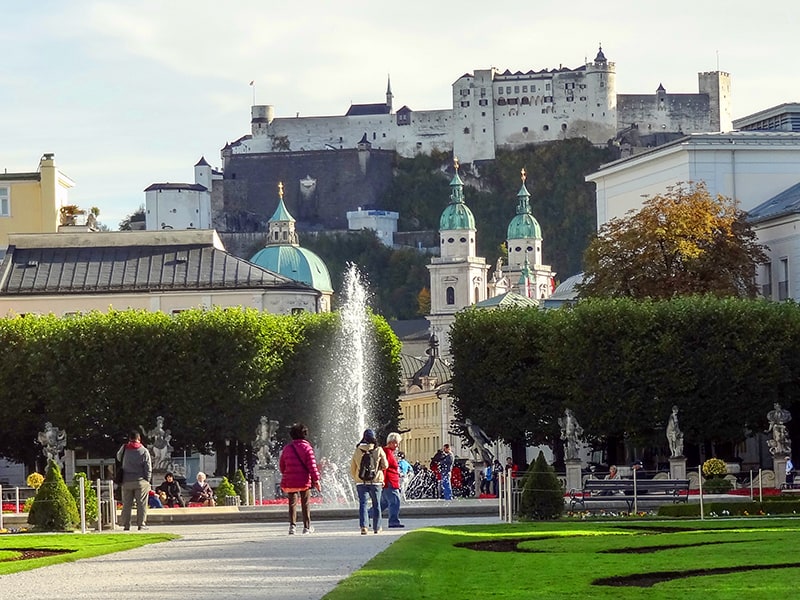
Estimated reading time: 9 minutes
By Jim Ferri
The last time I was in Austria, I was lucky to have a half-day private tour of Salzburg.
I’ve been on many tours but what made this one unique was that it showed me areas many travelers visit. But surprisingly, few ever really see them. And they’re all within a three-block or so area in the city’s old town. It was as if I was taking a private tour of “Secret Salzburg.”
My private tour guide was Heidi, a woman bubbling over with enthusiasm and knowledge. And she also kept me moving at a good pace. It was obvious there was much she wanted to share in just three hours or so.
“Meet me at Mozart’s birthplace,” she told me when I called. Sensing her urgency, I quickly headed off to the childhood home of Salzburg’s most famous native son. Along the way I was fascinated by the shopkeepers opening their shops on cue at the stroke of nine.
A Famous Florist and A Farmer’s Market
When we met I was surprised that we didn’t go into the birthplace. Instead Heidi whisked me into a small alleyway filled with little shops to the left of the famous building. “You should see this,” she told me as she parked her bicycle before whisking me into Blume+Duft.
B+D was a little florist shop where the clerk was just being bringing potted plants out front. But I was intrigued instead by the beautiful flower arrangements inside, fashioned using dried flowers. The store had developed a special process, which looked as if they had just been cut that morning. The shop’s specialty, though, were arrangements of dried flowers and spices, especially those then being made for the holidays.
I learned that the spices had a greater significance than just being used in the arrangements. Originally the old building was the place where merchants imported mid-Eastern and Far-East spices from Venice.
We chatted with the owners for a few minutes before walking out of the other end of the alley. There my private secret tour brought us into a narrow plaza in front of 17th-century University Church.
Heidi hadn’t brought me here to see the church, but rather the small farmers market ahead. Making best of close quarters, it shared space with the little tables tumbling out from nearby restaurants. I was amazed at how perfectly formed and clean every piece of produce looked. And I soon was mezmerized by the few restaurant chefs who arrived to complete their menus for the day.
“Let’s go up here,” said Heidi
Continuing our tour, we walked around to the other end of the mini-market and turned into another alleyway. Many of these alleyways that surround Mozart’s birthplace once housed craftsman and artisans. They worked out in the open in them as far back as the 13th century, I learned. Today, their tiny open courtyards brim with little cafés and clothes and jewelry shops.
“Let’s go up here,” Heidi said as she turned down another little alleyway and headed for an old elevator. I didn’t know where she was going on my tour, since I didn’t see any signs. But I soon found us in the upstairs shop of Andreas Kirchtag, a Schirmerzeuger, or umbrella maker. Kirchtag’s family has been hand-making umbrellas for 100 years and it’s an art that’s all but disappeared elsewhere.
Standing in the tiny shop crammed with umbrella parts everywhere, I was amazed that Kirchtag even makes the wooden handles by hand, carving them out of numerous different woods he imports. He sells 350+ handmade umbrellas every year, and repairs other customer’s favorites, in his shop down on street level. You can only visit Andreas’s little workshop with a guide on a private tour of Salzburg.
Off to Mozart’s and a Konditorei
We were soon headed for Mozart’s house, appropriately stopping for a half-hour in Café Mozart for our morning coffee. As one would expect, the birthplace contained various memorabilia of the composer. These included the violin he played as a child and the clavichord on which he composed several different works including the Magic Flute.
But the most interesting part of the house was the top floor. There we found an intriguing exhibit called “Mozart Online.” Computers show the script of Mozart’s musical manuscripts as they play, with a light bouncing across each note. It’s a wonderful interactive way to experience the man and his music. Whether you’re on a private tour of Salzburg with a guide or even seeing the city on your own — be certain to see this exhibit.
Once downstairs again, Heidi was off into another alleyway to Schatz-Konditorei, the oldest pastry shop in the city. We browsed about in it for a few minutes and as we stepped back outside Chef Erich Winkler spied Heidi from his second-floor kitchen, called out to her and came down to greet us.
We chatted for a few minutes before we were off to visit St. Peter Stiftskeller. On the way Heidi wanted me to see Triangel Restaurant. It’s behind the University Church and also adjacent to the festival halls of the famous Salzburg Festival. It’s a popular and cozy little place that always has two entrees for €4.50 each on the luncheon menu. But during the Salzburg Festival, said Heidi, you’ll often find festival patrons in suits and gowns sharing outdoor lunch tables with folks in shorts and t-shirts.
The Oldest Restaurant in Central Europe
Since the area is so compact, and we were moving quickly on this private tour of Salzburg. That helped us reach the restaurant St. Peter Stiftskeller in just a few minutes. First mentioned in writings in 803, it’s the oldest restaurant in Central Europe, if not the entire continent.
Located in a still-functioning monastery (but not associated with it), the restaurant is quite deceiving. When entering you see one small room to the left and another across a little courtyard to the right. But when you go up the stairs there’s a whole labyrinth of different private rooms for dining. They also culminate in a large, ornate, chandeliered room at the end.
In this room the restaurant hosts its Mozart Dinners – three-course dinners prepared with traditional 18th-century recipes. They’re served during the intermissions of candle-lit performances of Mozart´s compositions performed by musicians and opera singers in period costumes.
My Private Tour of Secret Salzburg
Although I felt my private tour of Salzburg was a bit of a secret, the Mozart Dinner is anything but. But in the cemetery adjacent to the restaurant, Heidi told me one secret may have gone to the grave, .
There rests Dr. Franciscus Wasner, the choir conductor who left Austria with the famous von Trapp family many decades ago. Salzburgers believe the youngest von Trapp son has an uncanny resemblance to Wasner…the reason for those once-secret whispers of an affair with Maria.
My private tour of Salzburg was partially sponsored by the Austrian Tourist Office. As always, however, all of the views and opinions expressed are strictly my own – J.F.
If you go:
Tourismus Salzburg
Auerspergstraße 6
5020 Salzburg
Tel. +43 662 88 98 70
http://www.salzburg.info/en
Heidi Hochriesser (guide services)
Raphael Donner Straße 24
5026 Salzburg
Tel. +43 662 62 87 29 / (mobile) 664 1605335
[email protected]
Andreas Kirchtag
Getreidegasse 22
5020 Salzburg
Tel. +43 662 84 13 10
http://www.kirchtag.com/
Blume + Duft
Getreidegasse 7
5020 Salzburg
Tel. +43 662 84 57 79
Schatz-Konditorei
Getreidegasse 3
5020 Salzburg
Tel. +43 662 842792
http://www.schatz-konditorei.at/
Cafe Restaurant Triangel
Wiener Philharmonikerg 7
A-5020 Salzburg
Tel: +43-662-84 22 29
http://www.triangel-salzburg.co.at
St. Peter Stiftskeller
Saint-Peter-Bezirk 1/4
5010 Salzburg
Tel: +43 662 8412 680
http://www.stpeter-stiftskeller.at/

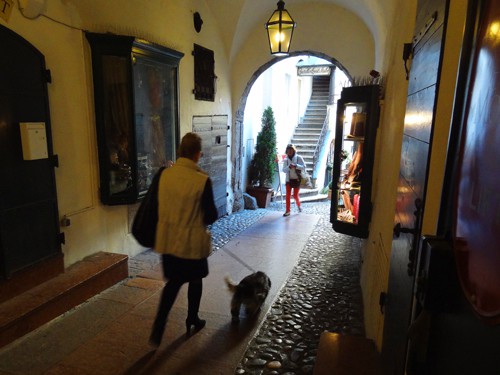
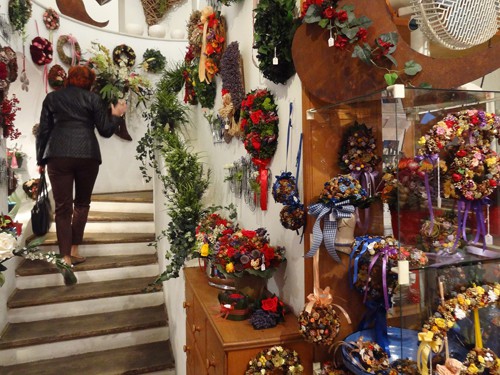
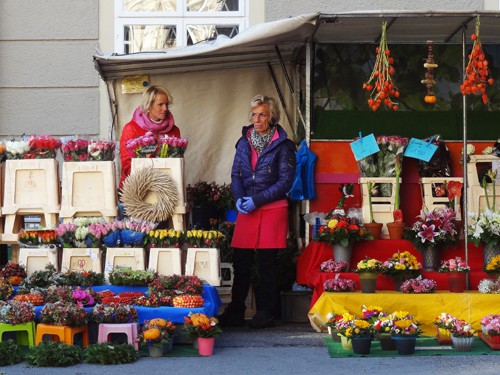
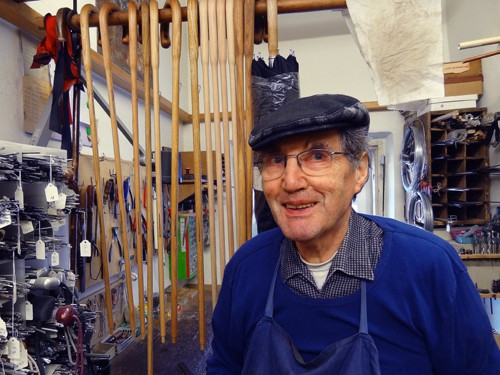
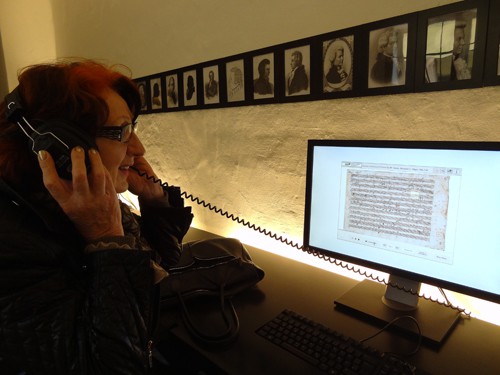
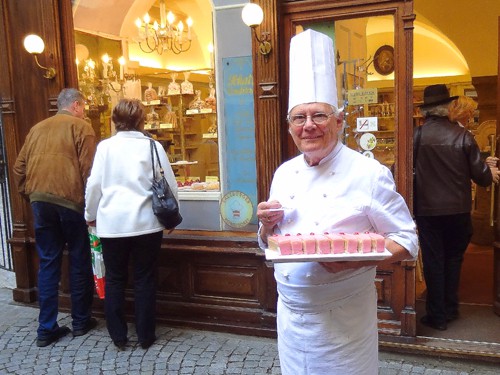
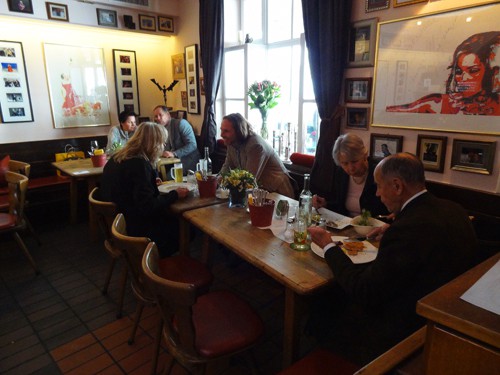
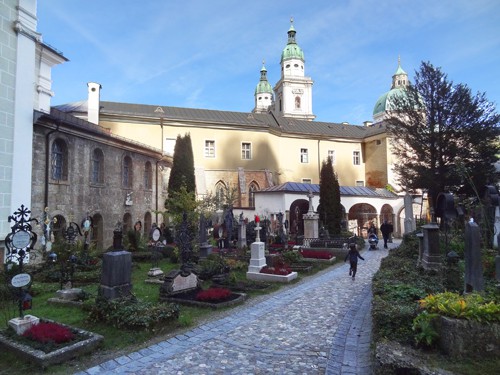
Next December, DEFINITELY Salzburg!
Thanks for sharing the charm of the city with us ….
Great to read of the Salzburg I love so much. My colleage roommate in Vienna was from there. To this day I know I can find a member of his family each evening at their “Stammtisch” in St. Peter’s Stiftskeller.
Hi Jim,
I love reading about the fun and interesting things you did and saw with guide Heidi. Thanks!